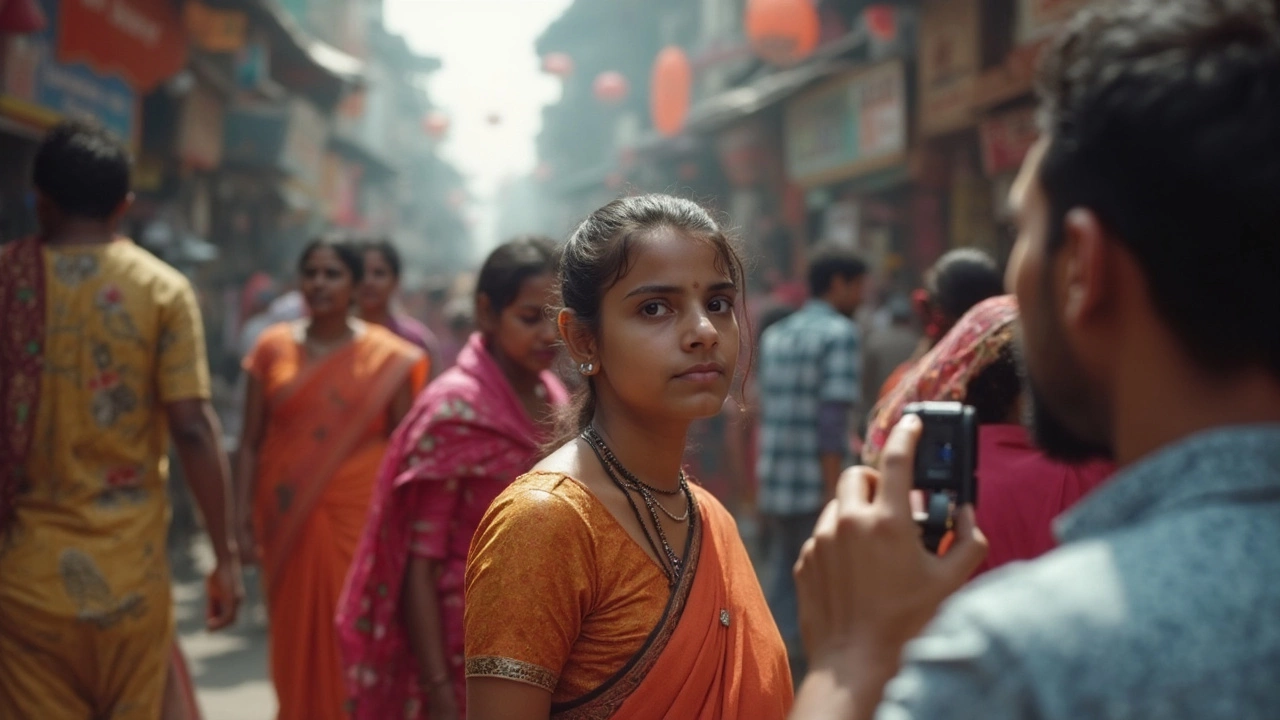Privacy Laws in India: What Every Photographer and Print Service Needs to Know
When you snap a picture or print a photo, you’re handling personal data. In India, that data is protected by a set of privacy rules you can’t ignore. Ignoring them can cost you fines, lost clients, and a damaged reputation. Below we break down the key points you should follow, no legal jargon, just clear steps you can apply today.
Why Privacy Matters for Photo Professionals
Every portrait, wedding shoot, or commercial snap contains identifiable information – faces, locations, even signatures. The Personal Data Protection Bill (PDPB) treats these as personal data, meaning you must get proper consent and keep the files safe. Clients expect their images to stay private unless they explicitly give permission to share them. Treating privacy as a business advantage can also set you apart from competitors who ignore it.
Practical Steps to Stay Compliant
1. Get Clear Consent – Use a simple consent form that explains what will be done with the photos, how long you’ll store them, and who can see them. A checkbox for “I agree to share my images for marketing” is enough, as long as the language is plain.
2. Store Files Securely – Keep digital copies on encrypted drives or reputable cloud services that offer two‑factor authentication. Back up files, but don’t keep them forever; delete them after the agreed retention period.
3. Limit Access – Only staff who need the images for editing or printing should have access. Use role‑based passwords and change them regularly.
4. Be Transparent with Clients – If you plan to use a photo for social media or a portfolio, let the client know before posting. A short email confirming the usage works just as well as a signed note.
5. Know the Exceptions – In certain cases, like law enforcement requests, you may have to share images without consent. Keep a record of any such request and consult a legal advisor if you’re unsure.
For studios that also offer printing services, the same rules apply to the printed copies. Store the physical proofs in a locked cabinet and dispose of unwanted prints securely – shredding is the safest method.
Finally, keep an eye on updates. The PDPB is still evolving, and new guidelines may appear each year. Joining a local photographer’s association or following a reputable legal blog can keep you informed without extra hassle.
By following these simple steps, you protect your clients, avoid penalties, and build trust that turns one‑time shoots into repeat business. Privacy isn’t just a legal box to tick – it’s a chance to show you care about the people behind the lens.
